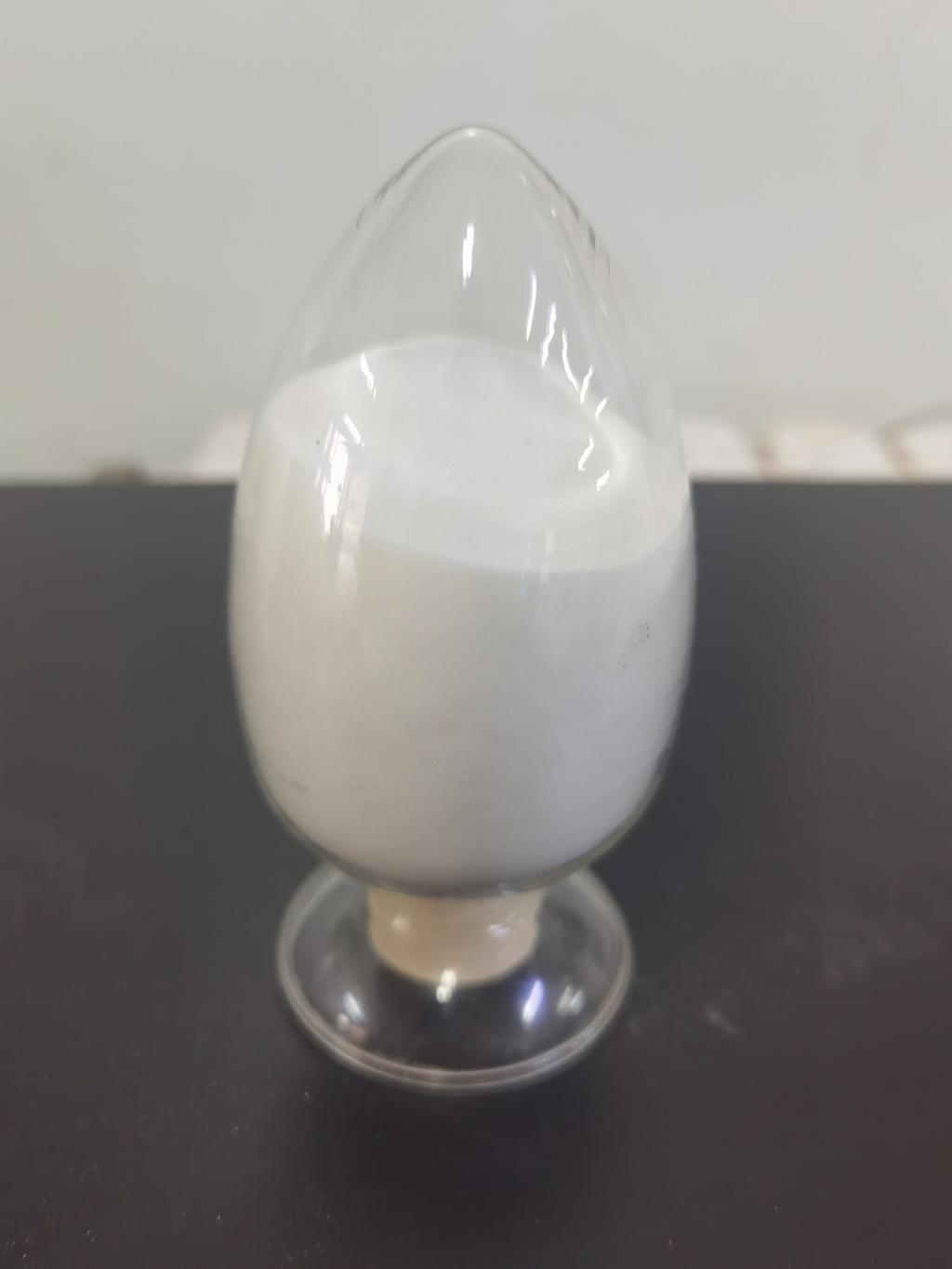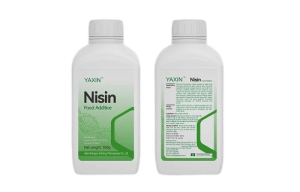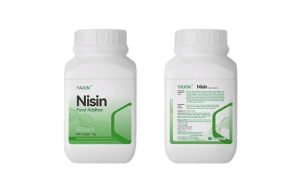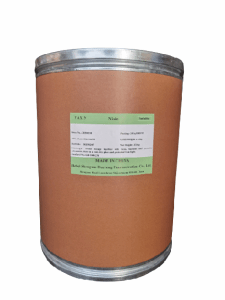Tel:+8618231198596

News
 CONTACT
CONTACT
 CONTACT
CONTACT
- Linkman:Linda Yao
- Tel: +8618231198596
- Email:linda.yao@dcpharma.cn
- Linkman:CHARLES.WANG
- Department:Overseas
- Tel: 0086 0311-85537378 0086 0311-85539701
News
Current Position:
Home >
News
>The application of ε-Polylysine hydrochloride in reducing spoilage in kombucha
The application of ε-Polylysine hydrochloride in reducing spoilage in kombucha
TIME:2024-12-03
What is ε-Polylysine Hydrochloride?
ε-Polylysine hydrochloride is a naturally occurring antimicrobial peptide composed of multiple lysine amino acid units linked together in a chain. It is produced through fermentation by the bacterium Streptomyces albulus and is effective against a broad range of microorganisms, including bacteria, molds, and yeasts. As a result of its effectiveness and safety, ε-PL has been approved by regulatory agencies such as the U.S. Food and Drug Administration (FDA) as a generally recognized as safe (GRAS) ingredient for use in food products.
Because ε-PL is naturally derived, it has gained popularity as an alternative to synthetic preservatives, especially in the clean-label market where consumers demand minimally processed and natural ingredients. It functions by disrupting the cell membranes of microorganisms, causing them to leak cellular contents and die. This makes it an effective tool for preventing spoilage in food products without compromising safety or quality.
Challenges in Kombucha Preservation
Kombucha’s unique fermentation process, which relies on a delicate balance between beneficial bacteria and yeasts, can make it highly vulnerable to contamination by unwanted microorganisms. Several challenges arise during the production, storage, and distribution of kombucha:
Microbial Contamination: During the fermentation process, unwanted microorganisms, including molds, wild yeasts, and spoilage bacteria, can introduce undesirable flavors and potentially harmful pathogens into the product. If not controlled, these microorganisms can proliferate and spoil the kombucha.
Flavor Degradation: The natural fermentation of kombucha results in the development of characteristic flavors, but uncontrolled microbial growth can lead to off-flavors, making the beverage unpalatable to consumers.
Product Safety: Kombucha’s low pH and high sugar content create an environment in which certain microorganisms, such as Brettanomyces yeast or Acetobacter bacteria, can thrive. The growth of these organisms can lead to the production of undesirable byproducts, potentially affecting both the flavor and safety of the beverage.
Shelf Life and Storage: While kombucha can be shelf-stable for a time, once bottled and exposed to air, its risk of contamination increases. Ensuring the beverage remains safe and of high quality throughout its shelf life is a key concern for producers.
The Role of ε-Polylysine Hydrochloride in Kombucha Preservation
Microbial Control and Spoilage Prevention: ε-Polylysine hydrochloride’s antimicrobial properties make it an effective tool in preventing microbial contamination and spoilage in kombucha. The peptide works by inhibiting the growth of spoilage microorganisms, including various strains of bacteria and fungi, without harming the beneficial cultures necessary for the fermentation process. This helps to maintain the safety and quality of the kombucha, ensuring it remains free from harmful contaminants throughout its shelf life.
Inhibition of Unwanted Yeasts and Molds: Kombucha’s fermentation process involves a delicate balance of yeast and bacterial activity. However, wild yeasts and molds can sometimes disrupt this balance, leading to undesirable effects such as off-flavors, cloudiness, and reduced quality. ε-Polylysine hydrochloride helps control these unwanted microorganisms by targeting their cell membranes, effectively preventing their growth. This results in a cleaner and more stable kombucha product, free from the risk of spoilage caused by these contaminants.
Prolonging Shelf Life: By preventing microbial growth, ε-Polylysine hydrochloride extends the shelf life of kombucha. Kombucha’s shelf life is often limited due to the growth of spoilage organisms, which can rapidly degrade its taste, aroma, and overall quality. ε-PL helps mitigate this issue, allowing kombucha to maintain its desired characteristics over a longer period of time, whether it’s stored at refrigerated temperatures or kept at ambient temperature.
Maintaining Quality and Flavor: One of the key selling points of kombucha is its unique flavor profile, which is developed during fermentation. The growth of unwanted microorganisms can introduce off-flavors or cause the kombucha to taste overly sour or yeasty. By reducing the risk of microbial contamination, ε-Polylysine hydrochloride helps preserve the intended taste, aroma, and mouthfeel of the kombucha, ensuring a consistent product that meets consumer expectations.
Non-Toxic and Clean Label Appeal: ε-Polylysine hydrochloride is a natural, non-toxic ingredient that can be used in kombucha production without compromising the beverage’s clean-label appeal. Consumers today are increasingly interested in natural products with fewer artificial additives, and the inclusion of ε-PL aligns with this trend. As a natural preservative, it offers a way for kombucha producers to improve food safety while meeting consumer demands for transparency and simplicity in food ingredients.
Applications of ε-Polylysine Hydrochloride in Kombucha
ε-Polylysine hydrochloride can be applied to kombucha at various stages of production, including:
During Fermentation: The addition of ε-Polylysine hydrochloride at the beginning of the fermentation process can help inhibit the growth of spoilage microorganisms while allowing beneficial bacteria and yeast to thrive. This ensures that the fermentation process progresses smoothly without interference from unwanted microbes.
Post-Fermentation: After fermentation, ε-PL can be introduced into kombucha to prevent microbial contamination during bottling, storage, and distribution. It helps to ensure that the final product remains safe for consumption throughout its shelf life.
In Bottle and Ready-to-Consume Products: As kombucha is often sold in bottles for ready-to-consume beverages, ε-Polylysine hydrochloride can be used to maintain product quality during storage and handling. By controlling microbial growth, it ensures that kombucha stays fresh and free from contamination until it reaches the consumer.
Future Prospects and Considerations
The use of ε-Polylysine hydrochloride in kombucha is still relatively new, but it holds significant promise in improving the safety, quality, and shelf life of the beverage. However, several considerations must be addressed as this application becomes more widespread:
Optimal Dosage: The effectiveness of ε-PL depends on the concentration used. Too little may not effectively control microbial growth, while too much could interfere with the fermentation process or alter the flavor of the kombucha. Determining the optimal dosage for different types of kombucha is essential.
Consumer Acceptance: While ε-PL is a natural ingredient, some consumers may be wary of preservatives in their kombucha. Transparent labeling and educating consumers about the benefits of ε-PL as a safe and natural antimicrobial will be important in driving acceptance.
Regulatory Approval: As the use of ε-Polylysine hydrochloride in kombucha becomes more common, it is crucial that manufacturers work with regulatory bodies to ensure compliance with food safety standards and labeling requirements.
Conclusion
The application of ε-Polylysine hydrochloride in kombucha offers a promising solution to the challenge of microbial spoilage and quality degradation in this popular fermented beverage. By inhibiting the growth of unwanted microorganisms, ε-PL helps extend the shelf life, preserve the flavor and safety, and maintain the overall quality of kombucha. As consumer demand for kombucha continues to rise, the use of natural preservatives like ε-Polylysine hydrochloride will likely play an increasingly important role in ensuring that this refreshing, health-promoting beverage remains safe, fresh, and high-quality for longer periods.
- Tel:+8618231198596
- Whatsapp:18231198596
- Chat With Skype







